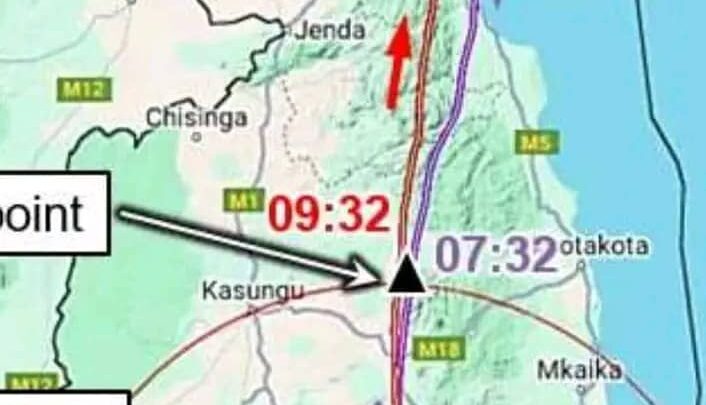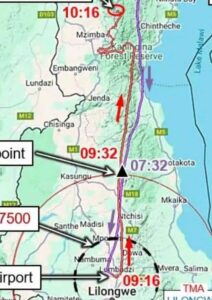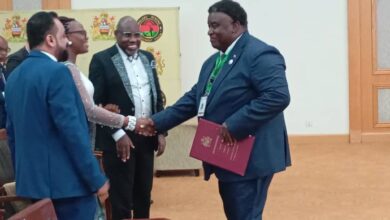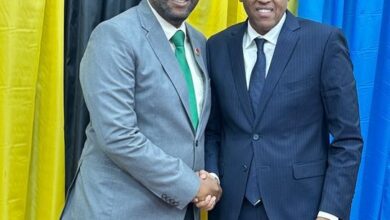Columns
Unraveling the Mystery: Plane’s Route Deviation and Timed Crash

By Burnett Munthali
Recent findings in the investigation of the aviation accident reveal intriguing details that have captured the attention of aviation experts and the public alike. The plane, which took off from KIA (Kamuzu International Airport) at 9:16 AM, crashed precisely one hour later at 10:16 AM. Additionally, analysis of the flight route indicates a significant deviation to the left, leading the aircraft to veer off course towards Chikangawa, a departure from its originally straight trajectory.
The precise timing of the crash—exactly one hour after takeoff—raises several questions. While such a coincidence might be coincidental, it is also crucial for investigators to consider all potential factors. The aircraft’s unexpected leftward deviation further complicates the situation and suggests that something unusual occurred during the flight.

Several factors could have contributed to the plane veering off its planned route:
Firstly, a failure or malfunction in the aircraft’s navigation systems could result in an unintended deviation from the planned flight path. This could involve issues with the autopilot or flight management system, which are responsible for maintaining the aircraft’s course.
Secondly, human factors, including pilot error, could be a significant contributor. Misinterpretation of navigational instruments or incorrect manual adjustments could lead to deviations from the intended route.
Thirdly, adverse weather conditions, such as strong crosswinds or turbulence, could have caused the aircraft to drift off its intended path. Pilots might need to adjust the flight path to compensate for these conditions, potentially leading to unexpected deviations.
Fourthly, mechanical problems with the aircraft, such as engine failure or issues with the control surfaces (like ailerons or rudders), could have impacted the plane’s ability to maintain its course. This could force the aircraft off its intended route.
Fifthly, in-flight emergencies, such as sudden loss of cabin pressure or onboard fires, could have prompted the crew to alter the flight path in an attempt to address the emergency situation or seek a suitable landing area.
Sixthly, miscommunication between the flight crew and air traffic control might result in incorrect navigational instructions or misunderstandings that lead to deviations from the planned route.
The investigation will likely focus on examining flight data recorders and cockpit voice recorders to gather more information about the events leading up to the crash. These data sources will provide insights into the aircraft’s systems, crew communications, and flight maneuvers, helping to pinpoint the exact cause of the deviation and the crash.
In conclusion, the combination of the precise timing of the crash and the unexpected leftward deviation from the flight path presents a complex puzzle for investigators. By exploring the potential causes—ranging from technical malfunctions and pilot errors to weather conditions and in-flight emergencies—the investigation aims to uncover the factors that led to this tragic event. Understanding these causes is crucial for improving aviation safety and preventing similar incidents in the future.






